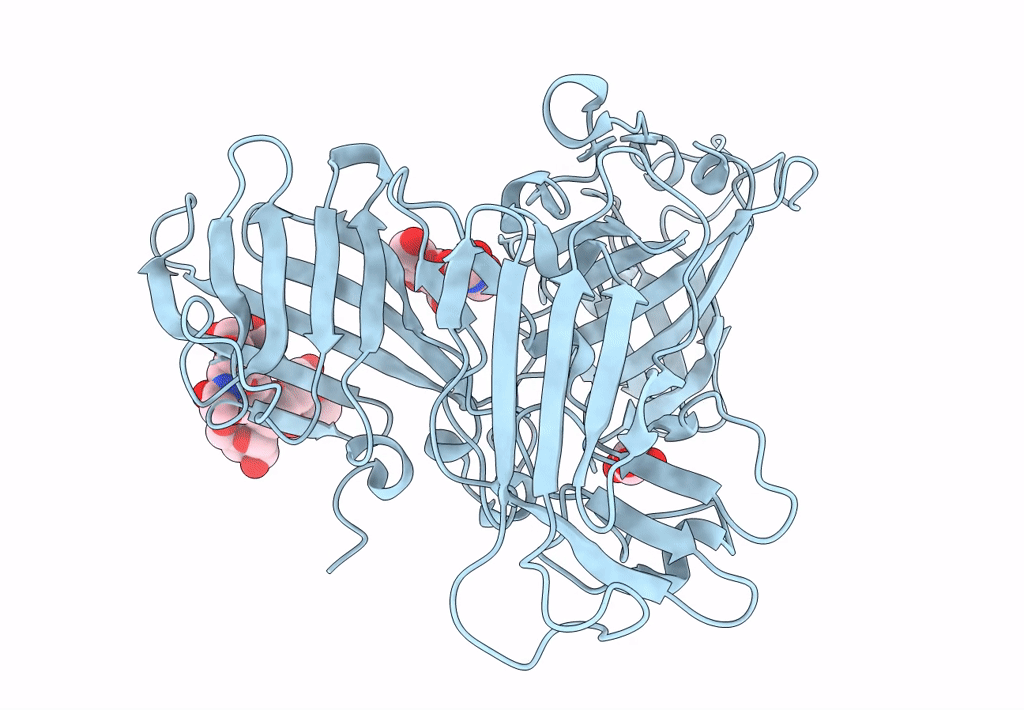
Deposition Date
2003-07-23
Release Date
2004-06-29
Last Version Date
2024-11-13
Entry Detail
PDB ID:
1Q25
Keywords:
Title:
Crystal structure of N-terminal 3 domains of CI-MPR
Biological Source:
Source Organism:
Bos taurus (Taxon ID: 9913)
Host Organism:
Method Details:
Experimental Method:
Resolution:
1.80 Å
R-Value Free:
0.28
R-Value Work:
0.23
Space Group:
P 21 21 21


